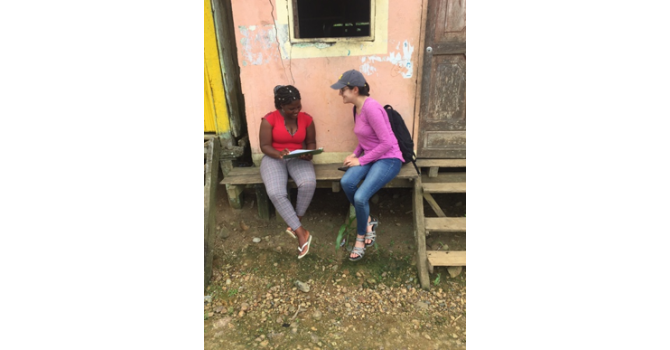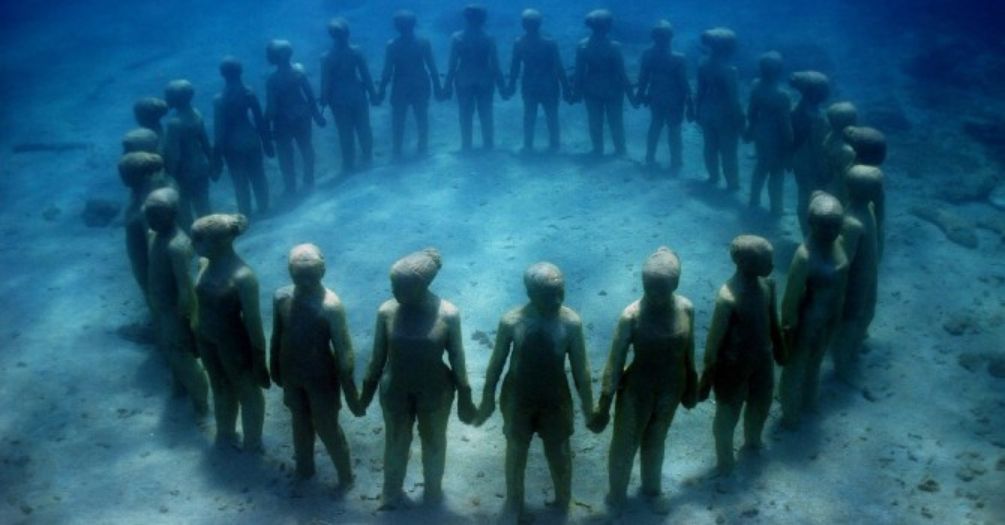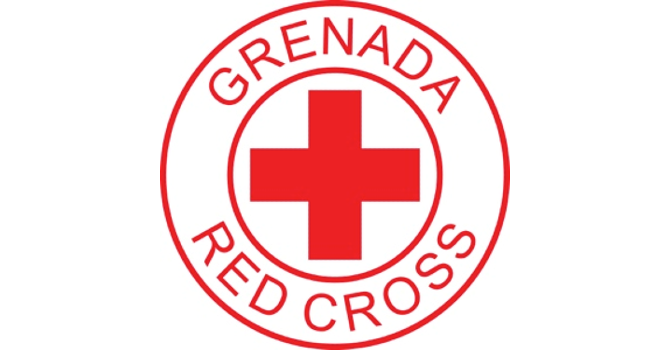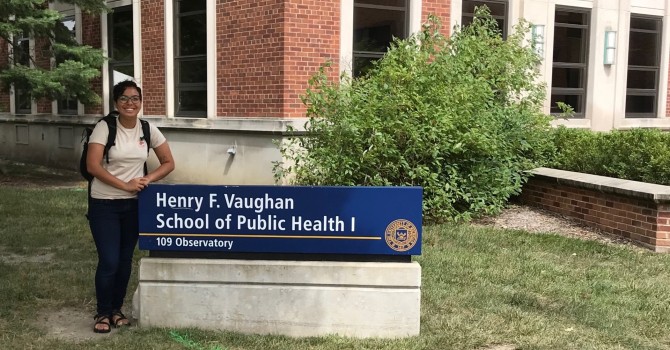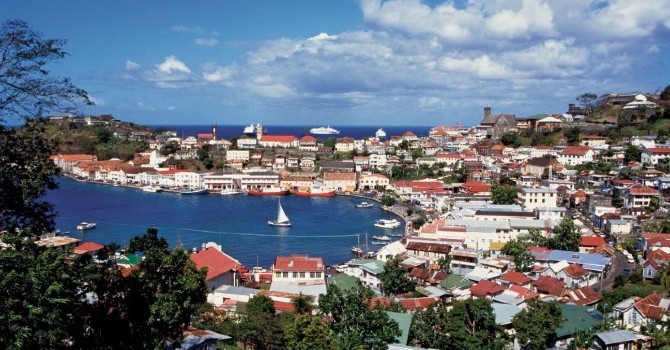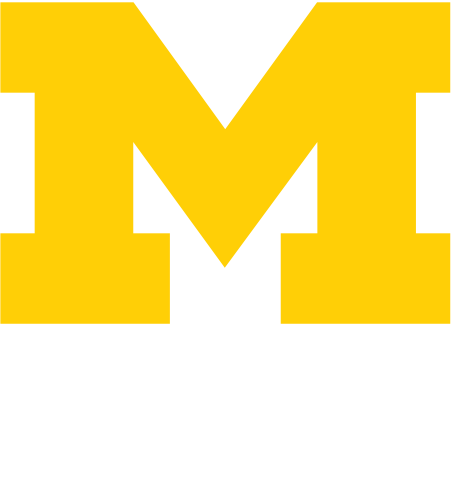USVI Pre-Trip Blog
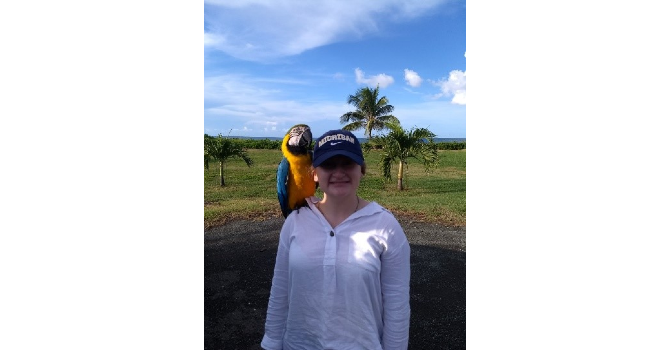
Anna Bowie, HBHE Student
March 4, 2020
Beyond the escape from the current chill of the Midwest, this upcoming trip to the USVI brings about more excitement than the promise of warmer weather. There is an exciting and intimidating build-up to returning to an area that I had only just left months earlier, but still is a community outside of my own that has grown from the physical and psychological challenges of post-hurricane reconstruction. Although I have worked with PHAST on CASPER surveying in the USVI Islands several months ago, there are so many questions and curiosities I have cultivated post our trip in October that I am hoping to further explore on this upcoming trip.
In the closing months of my MPH education, I have noticed there is often this sense of scarcity that comes with public health. We often are limited in budget, resources, personnel, or public interest. Public health was once humorously referred to me as “an industry in which we sell things so one wants to buy”. Our duty to provide preventative recommendations to moderate human pleasures or involvement times of crisis often makes work in public health professionals to be in a position of balancing ideal and realistic priorities of multiple stakeholders. In working with this group toward our project in U.S. Virgin Islands, I have come to challenge this filter of scarcity as I work amongst communities that have learned from personal strength and resilience to overcome the personal and environmental impacts of Hurricane Maria and Irma. Working outside of the boundaries of a classroom has provided me numerous opportunities on how working with communities and federal stakeholders operates realistically during public health projects. Most importantly, I am looking forward to working along a variety of different perspectives and experiences from the same areas visited previously.
Although the CASPER project is coming to a close between CDC and the U.S. Virgin Islands, the impact on those of these islands is everlasting. Support and collaboration will still be needed after the closing of this project and I hope to understand the dissemination process of findings. In addition to what information is gained from this work, I am even more interested in understanding how federal, local, and community support will continue on to assist these islands after these traumatic events. From my previous trip, even as the physical environment is refurbished, beaches are rebuilt and commerce returns, it is important to note the strengths of community and resilience that is far from the image of scarcity often presented with populations impacted by trauma.

